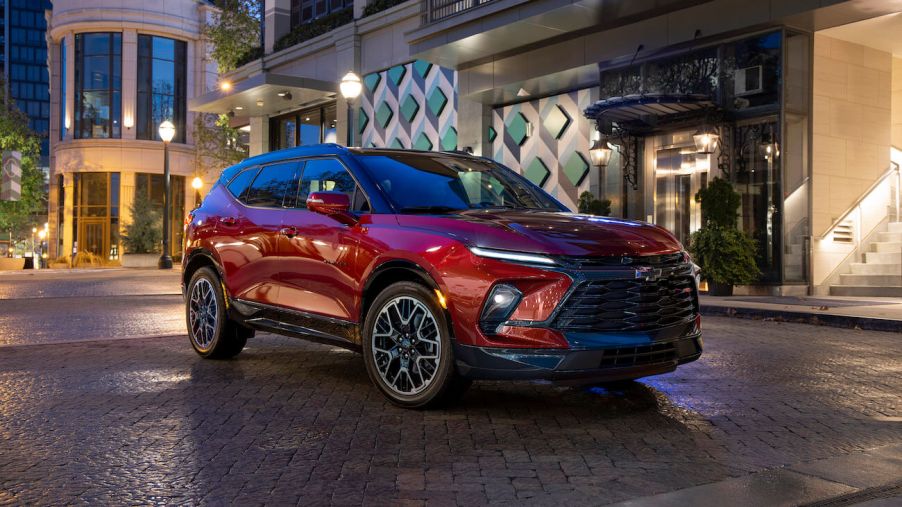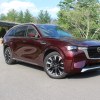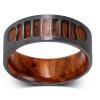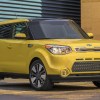
The Chevy Blazer Has Hit a Snag so Far in 2023
The current Chevy Blazer is a significant departure from the rugged and all-terrain-tackling model that first introduced the nameplate. But since its reintroduction for the 2019 model year, the Blazer has served as an attractive entry into the midsize SUV segment, where it prioritizes style and pragmaticism over outright capability. The Blazer’s re-invented focus has earned it plenty of sales over the last five-plus years, but the model’s popularity could be waning.
Chevy Blazer sales are on the decline
According to sales statistics from GoodCarBadCar, 2023 is shaping up to be a “down” year for the Blazer.
September sales of the midsize SUV were down a notable 10.26 percent in September to 5,172 units sold. Through the first nine months of the year, Blazer sales are faring better overall, but sales are still down 3.47 percent through Q3.
To note, the Blazer is hardly struggling to find buyers. Over 48,800 models have been sold so far this year. But despite its entry into the wildly popular midsize SUV class, the Blazer is being outsold by several of its stablemates, including the Bolt EV, the Colorado midsize pickup, the Equinox compact SUV, the full-sized Tahoe, three-row midsized Traverse and subcompact Trailblazer and Trax crossovers.
Crucially, the Blazer is lagging behind some key competitors, like the Toyota RAV4, Kia Sorento, Jeep Grand Cherokee, and Ford Edge, in finding buyers.
Still, the alarm bells are unlikely to ring at Chevy HQ for the Blazer’s falling sales this year. Car sales continually ebb and flow, and factors beyond the car’s actual credentials, including availability and dealer markdowns for competitors, can always come into play.
Still, the Blazer has its share of downsides, and those could be impacting its popularity among buyers.
The Blazer’s strong suits and weaknesses
One of the Chevy Blazer’s most notable positive attributes is apparent without the need to get behind the wheel. Its stylish bodywork is an amalgamation of some Camaro-inspired aggressiveness with a restrained handsomeness that extends to its interior design and can appeal to almost all buyers. In a segment ripe with fairly mundane styling, the Blazer’s attractiveness stands out.
Get behind the wheel, and the Blazer continues to impress. Its agility and driving feel are a significant step above much of its competitors and appeal to buyers who want less quotidian driving dynamics from their commuter/family hauler. The availability of a 3.6-liter V6 dishing out 308 hp furthers its sporty standing.
Though it’s among the more athletic of midsize SUVs, the Blazer still delivers respectable pragmaticism with a roomy back seat and a sizeable 31 cubic feet of cargo space behind the rear seats.
But perhaps the biggest miss of the Blazer is its overall value. The 2024 Blazer starts at $36,795 MSRP, which is far more than a base Santa Fe but lower than the base price of a Grand Cherokee, for instance. The issue with the Blazer is its price point doesn’t net buyers the same kind of value for the money. The RS and Premier models, each with an MSRP of $44,195, lack some of the features that can be had as standard on rival models, and even in the top trim, the cabin is awash in some cheap-feeling materials.
Overall, buyers of several of the Blazer’s competitors can stretch their dollar further, which could be a key contributing factor to why the model’s sales have been on the decline this year.



